Let there be light! – and they saw that it was natural
Technology- Lifetime access to current material
- Access to EurobuildCEE magazine edition online & flipbook version
- Exclusive news, comments, articles and interviews with the most important market representatives and experts
- Archive containing data and information from the commercial real estate and construction market in Poland and the CEE region, collected over 27 years;
- Eurojobs
- Eurobuild FM





























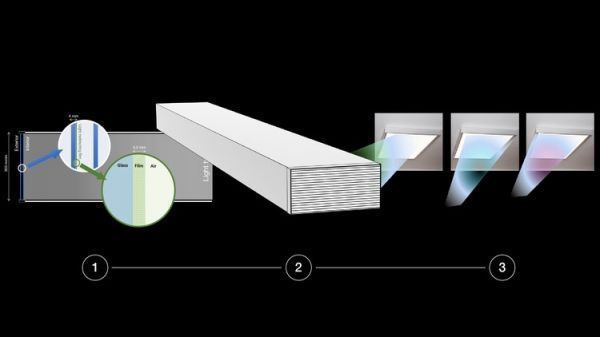


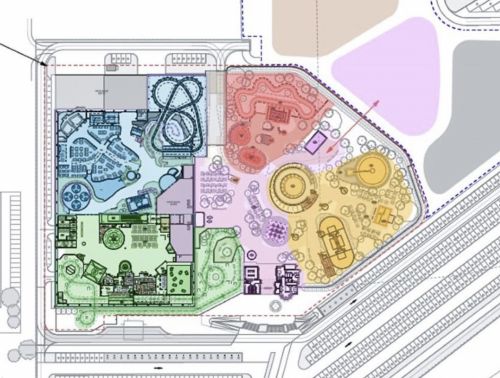
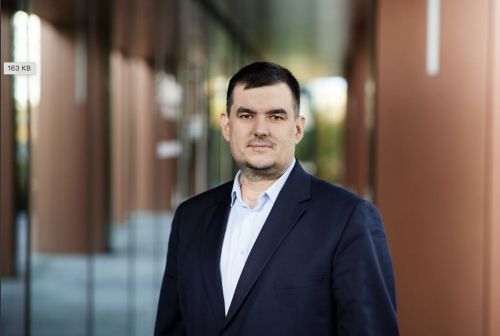
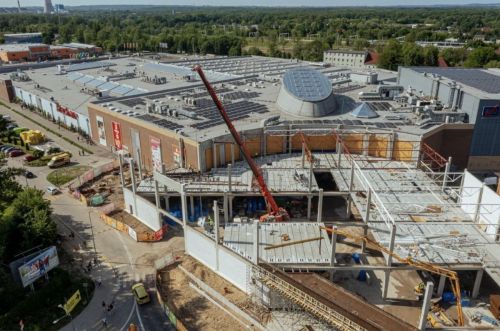


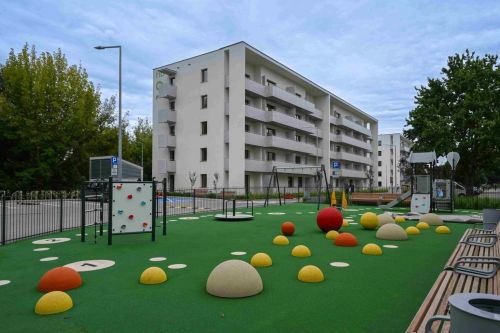
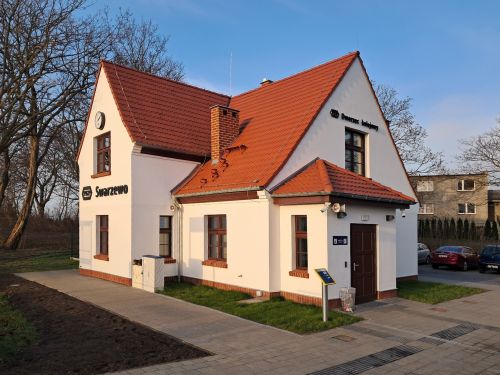
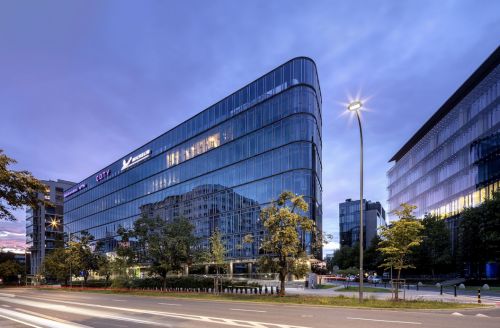





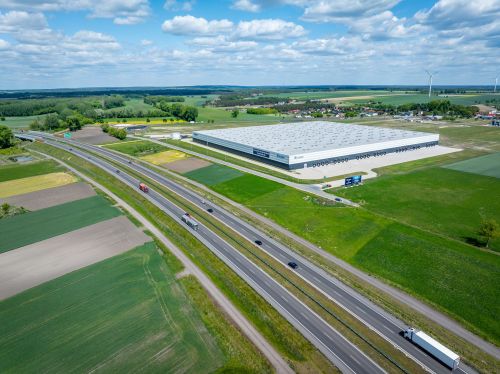

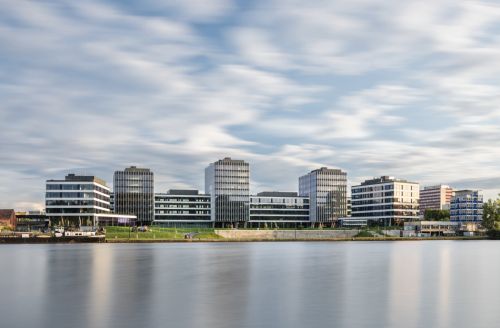
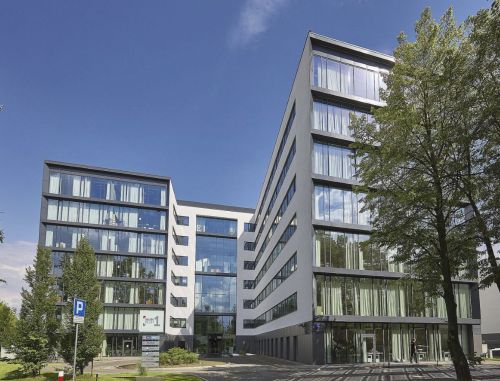






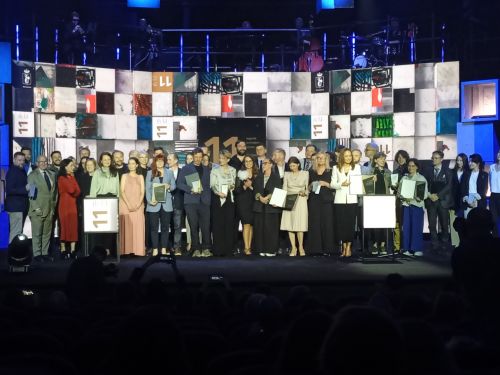




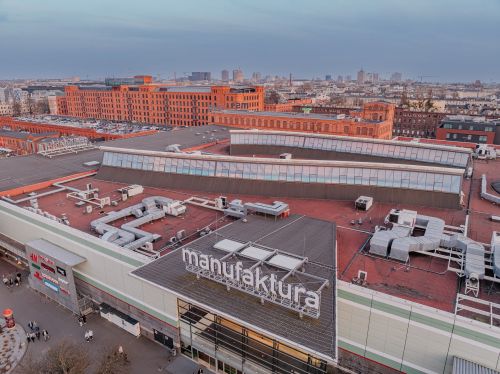
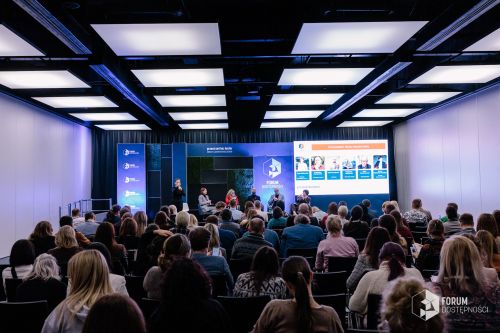






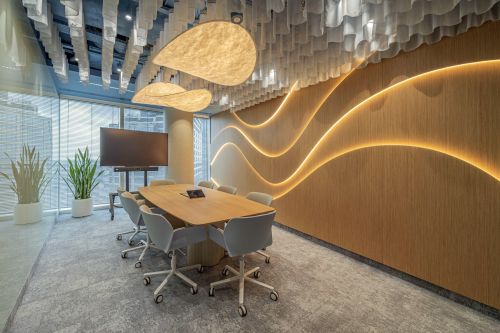







Modular construction becomes more prominent
Modular construction becomes more prominent
Spectis
After a temporary slowdown, the modular construction market in Poland continues to expand in 2025. Although the sector faces challenges such as high material costs and investment f ...
EXPO REAL 2025: From survival mode to selective recovery
EXPO REAL 2025: From survival mode to selective recovery
Axi Immo
This year’s EXPO REAL in Munich marked a noticeable shift in tone across industry conversations. Following a period of uncertainty and postponed investment decisions, the com ...
Are lease agreements in retail parks still triple-net?
Are lease agreements in retail parks still triple-net?
CMS
The lease agreements concluded for retail parks increasingly feature solutions that differ from the classic Triple Net Lease agreements, particularly as regards the settlement of o ...